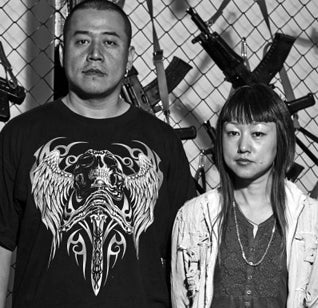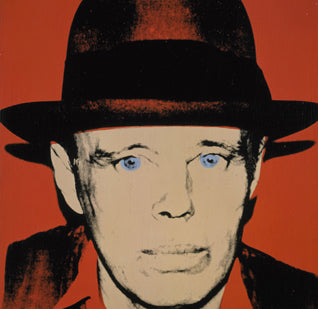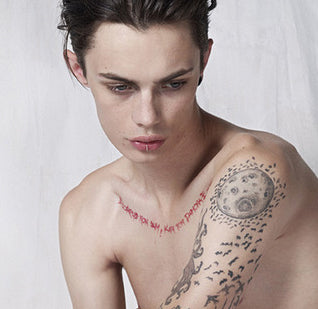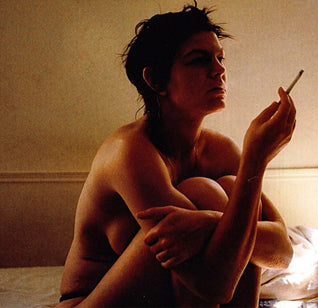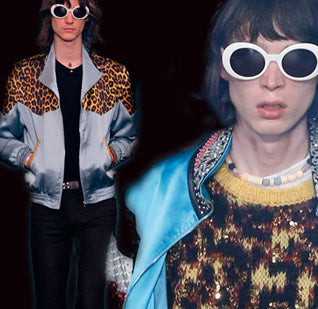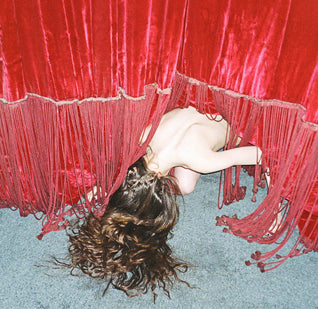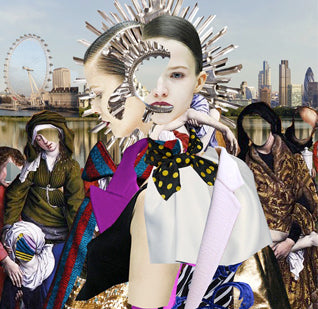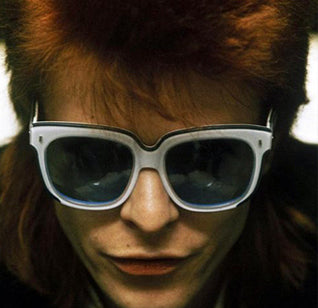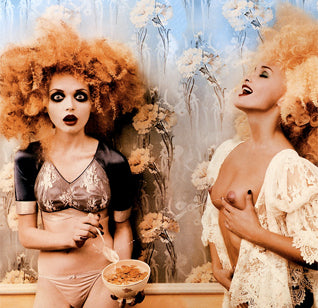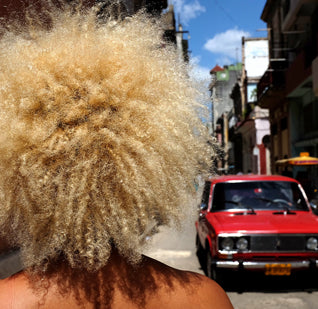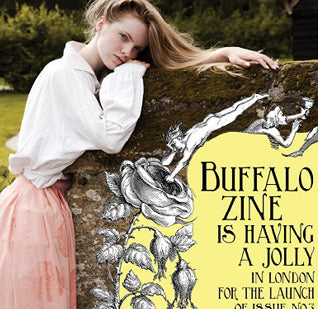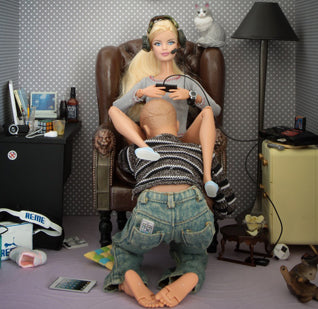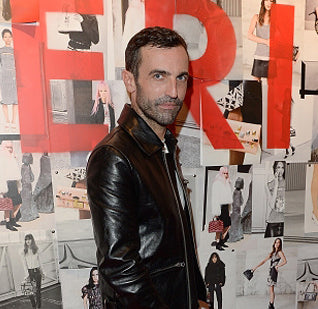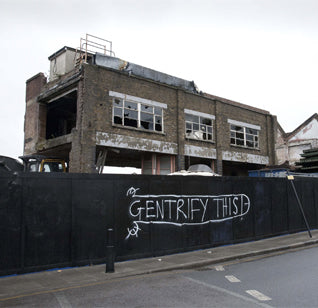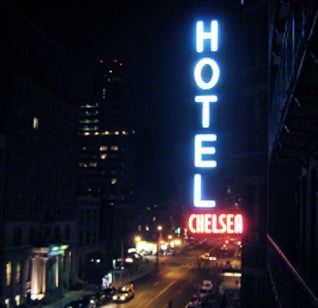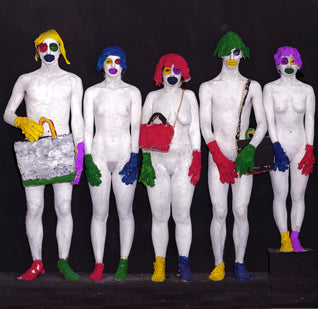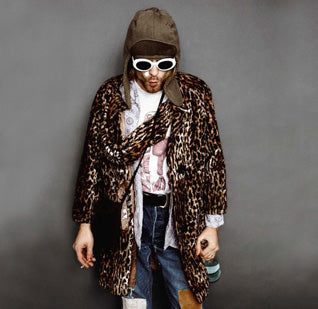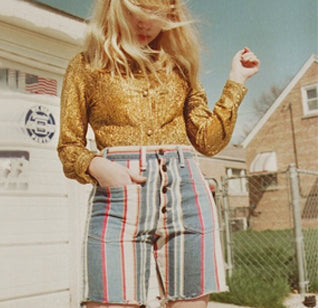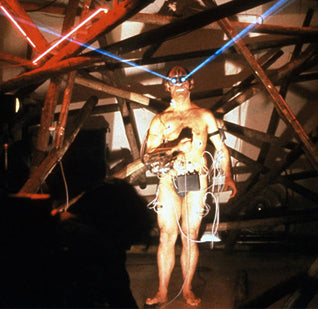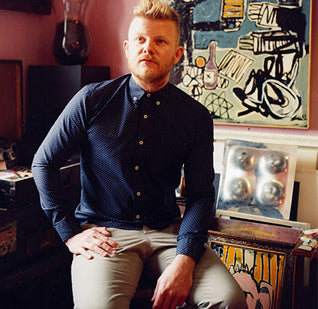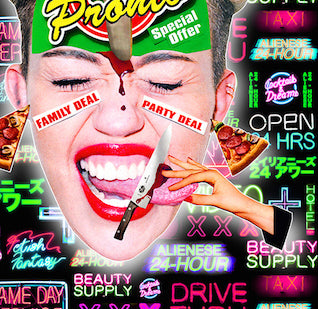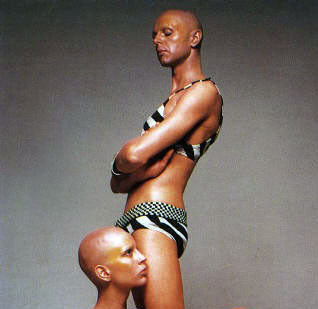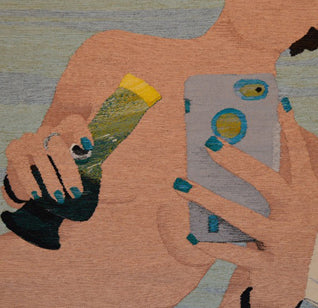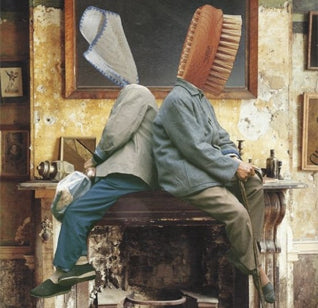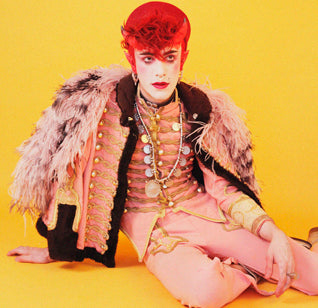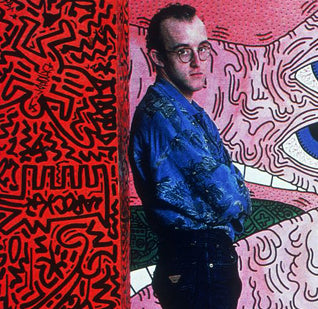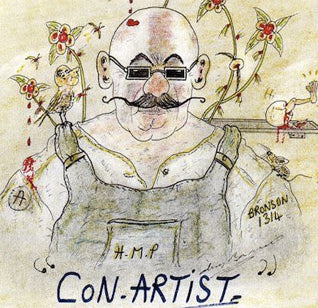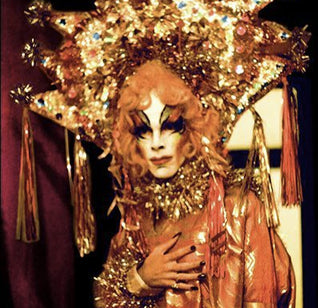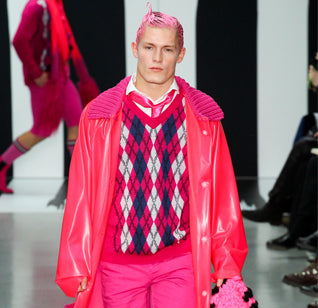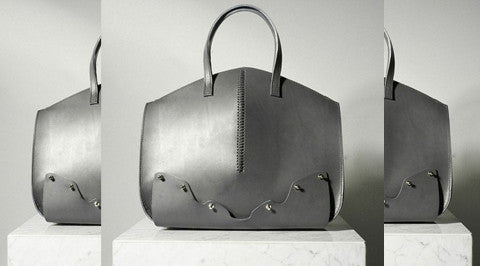ART AND FASHION
From Dali to Dior, artists and designers blur boundaries
by Ann Binlot
Yoko Ono for Opening Ceremony. Ellsworth Kelly and Calvin Klein. Brian Rea and Marni. Each season, we see a plethora of artists who are extending their oeuvre outside of gallery and museum walls and into the racks of luxury boutiques and department stores, with reproductions of their work appearing on dresses, shoes and more. In many ways, art and fashion fusions make perfect sense; both are highly visual fields, both appeal to the wealthy and in a way, both double as status symbols.
“Art has much greater cultural prestige, but fashion has a lot of glamour and money behind it,” says Valerie Steele, fashion historian, curator, and director of the Museum at the Fashion Institute of Technology in New York. “If a fashion designer is working on a project that’s an art project, it enhances his or her cultural capital, and if an artist is working with a fashion company, then there’s a potential to have a lot of money and glamorous visibility.”
“Art has greater cultural prestige, but fashion has more money and glamour behind it”
However, the phenomenon of art melding with fashion is nothing new. Fashion designers and artists have been working together for more than a century, the most famous fashion and art fusions throughout history include Surrealist Salvador Dalí’s famed lobster dress made in collaboration with couturier Elsa Schiaparelli, Yves Saint Laurent’s riffs on Pablo Picasso’s work and Dior’s many cultural references.
Fashion designers also often pull inspiration straight off the white walls of galleries and museums, placing the art they admire on to their designs. Take for instance Yves Saint Laurent’s iconic Piet Mondrian dress, which took one of the grid paintings of the de Stijl artist and placed it not on a canvas, but a simple shift dress. In 2011, Mary Katrantzou put sculptor John Chamberlain’s crushed car sculptures on to her constructed dresses, and in 2012 Proenza Schouler used Gerhard Richter’s abstract paintings for the inspiration behind the patterns on punchy jacquard jackets.

Mary Katranzou's SS12 collection, inspired by John Chamberlain
As a patron would commission an artist to paint a piece, several luxury brands call on artists to create limited edition collections for their label. In recent years, Dior partnered up with Anselm Reyle, who took the look of his metallic sculptures and placed them on Dior’s signature Cannage bag; Damien Hirst emblazoned his infamous colorful spin paintings on to Levi’s jeans; and Hiroshi Sugimoto put his ‘couleurs de l’ombre’ work on to Hermès scarves; and Terence Koh created outré moon boots and bunny sneakers in white, the only color that he wears.
While a purse or dress that costs thousands isn’t by any means affordable to most people, it is still extremely less expensive than purchasing a piece of art, which can go for tens of thousands of dollars and more depending on the size of the work and the caliber of an artist. Fashion collaborations give art and fashion lovers a chance to own a piece by an artist they normally couldn’t afford. For example, an Andy Warhol flower painting could go for over $1 million, while a Diane Von Furstenberg Andy Warhol dress goes for a few hundred dollars — a fraction of the price of an original Warhol painting.
Vanessa Friedman, fashion writer for the Financial Times isn’t so sure that the whole fashion and art fusion thing works for consumers. “People buy art and fashion for different reasons,” she wrote in a May 2013 article. “The latter speaks to their shifting identity; the former to their eternal selves.”
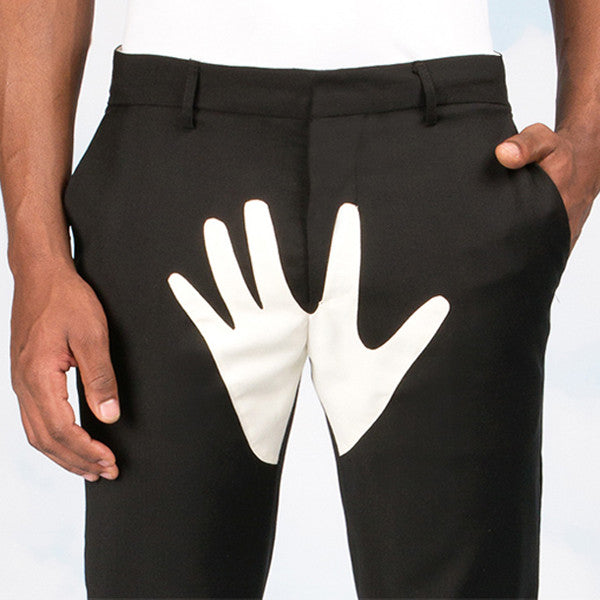
Yoko Ono for Opening Ceremony, 2012
For an artist and fashion collaboration to be successful, it is important that the partnership makes sense; otherwise the result could appear bizarre or too contrived, like in the case of Uniqlo and the Keith Haring Foundation, where the late artist’s foundation allowed the use of his ubiquitous artwork on a t-shirts for the brand or Yoko Ono’s pants with holes in the butt for Opening Ceremony.
In the case of Yayoi Kusama and Louis Vuitton, the Japanese artist was friends with Marc Jacobs for many years and had even presented the designer with a Louis Vuitton handbag that she had painted her spots all over nearly ten years before last year’s collaboration. For Sportmax, which has collaborated with Lola Schnabel and Ambra Medda, it is important that the artists they collaborate with are a good fit for the brand.
“I think art collaboration is something that needs to be thoughtful,” says Maria Giulia Maramotti, U.S. retail director of Sportmax’s parent company, Max Mara. “I don’t believe in using art as a form of advertising, and I really strongly believe it has to be the other way around, it has to be a marriage between the two ideas, and when that idea is possible or feasible, then it’s just so natural to go ahead.”

Marni's collaboration with artist Brian Rea, 2012
Louis Vuitton’s numerous artist collaborations — which began with Stephen Sprouse’s graffiti painted on the bags and continued on with Takashi Murakami’s playful cartoon flowers, Richard Prince’s dégradé paintings on handbags and Yayoi Kusama’s quirky polka dots — is one prime example of how an artist collaboration can elevate both a brand and an artist.
“It enhanced Vuitton’s association with prestigious contemporary artists, and gave a sort of art bend to the brand, but it also made for tremendous good publicity for the artists and enhanced visibility,” says Steele.
Another form of art and fashion collaboration is when a designer works with an artist to create an art piece. One such example is Britain Creates 2012, which partnered up Gavin Turk and Hussein Chalayan, who made an audio track of their first meeting titled “Four-Minute Mile”; Gilles Deacon and Jeremy Deller, who created a vibrant lycra bodysuit; Jonathan Saunders and Jess Flood Paddock, who made 200 colorful screen prints on polypropylene hung on clear polycarbonate rods and brackets; and several more artists with designers to make one-of-a-kind artworks that were eventually exhibited at the Victoria and Albert Museum in London.
An art and fashion collaboration could be one of many things — a marketing ploy, a creative collaboration, a way to attract fashionistas to the art world and the art world to fashion or simply a need to gain cultural capital or fashion glamour. There’s no question that fashion thrives on art and art thrives on fashion. The two may not always be a perfect fit, but when they do work together successfully, a partnership could do wonders for both parties involved.

